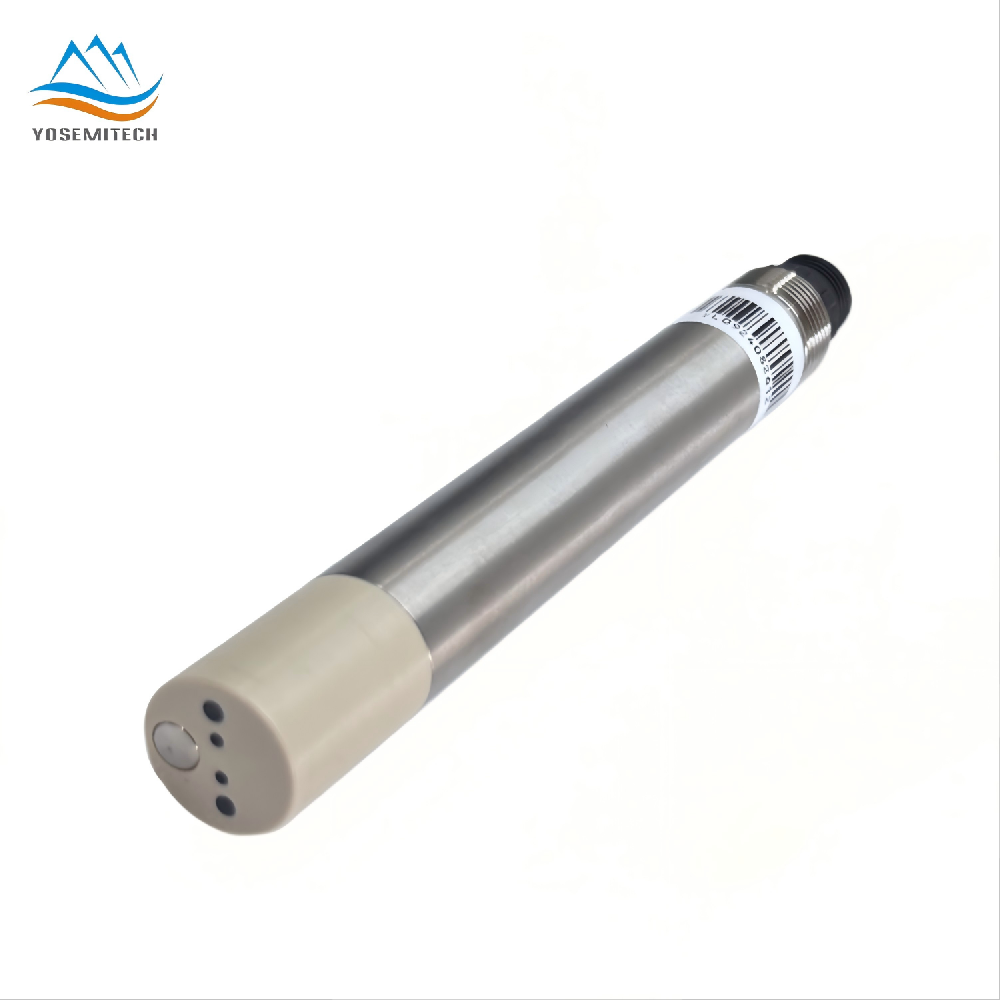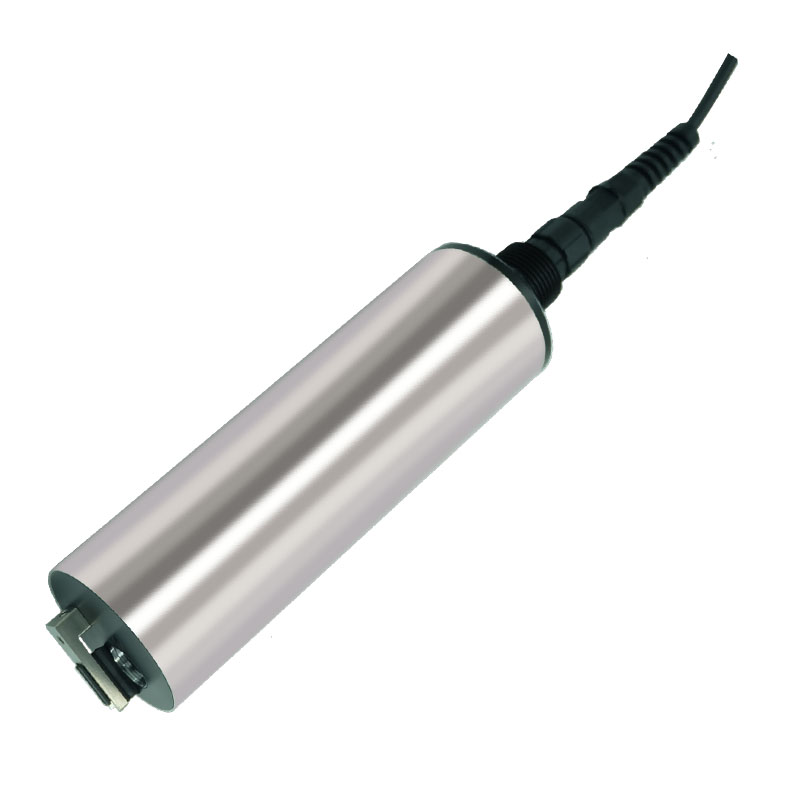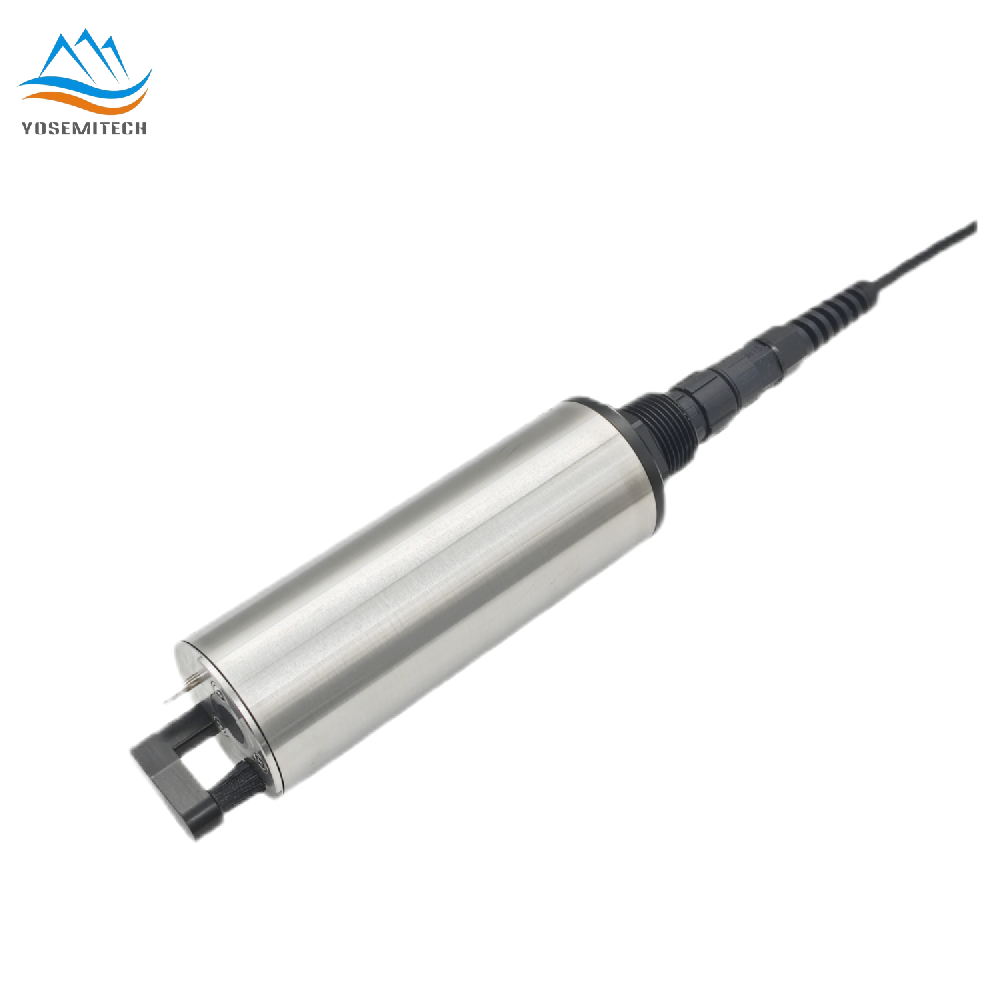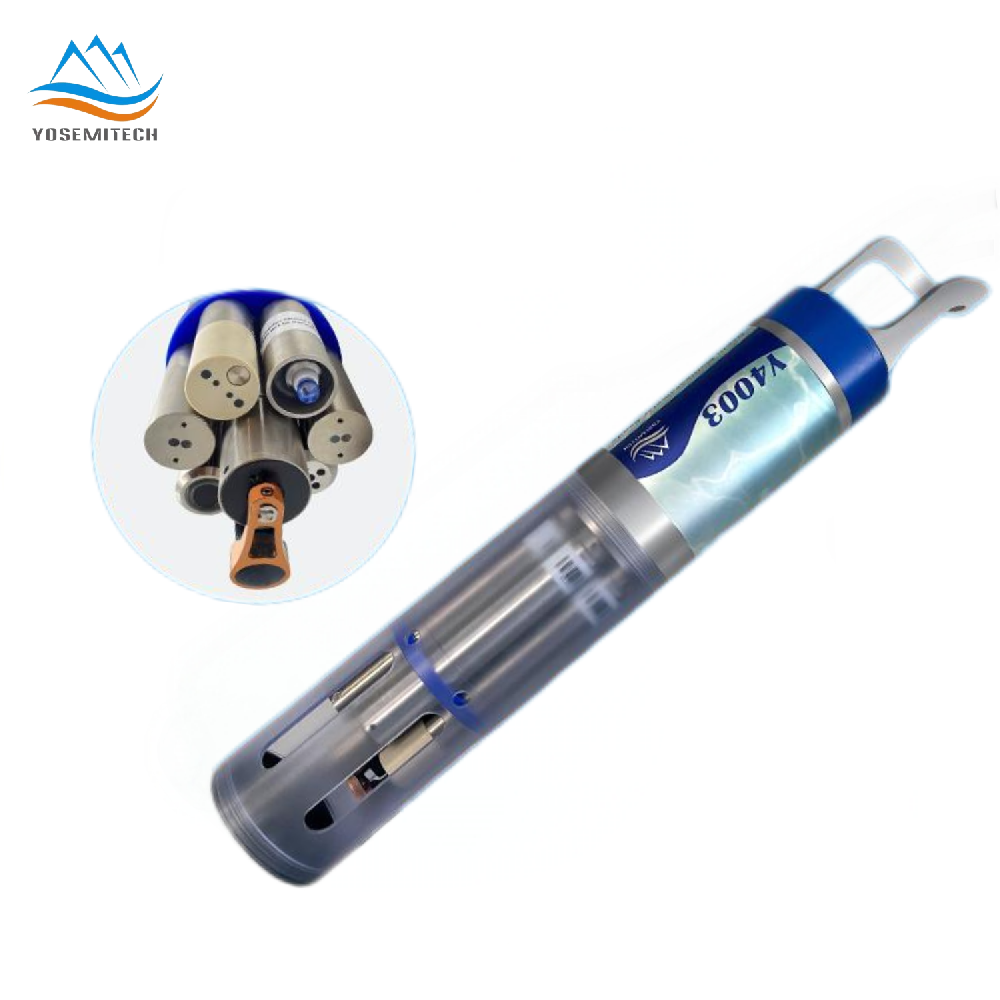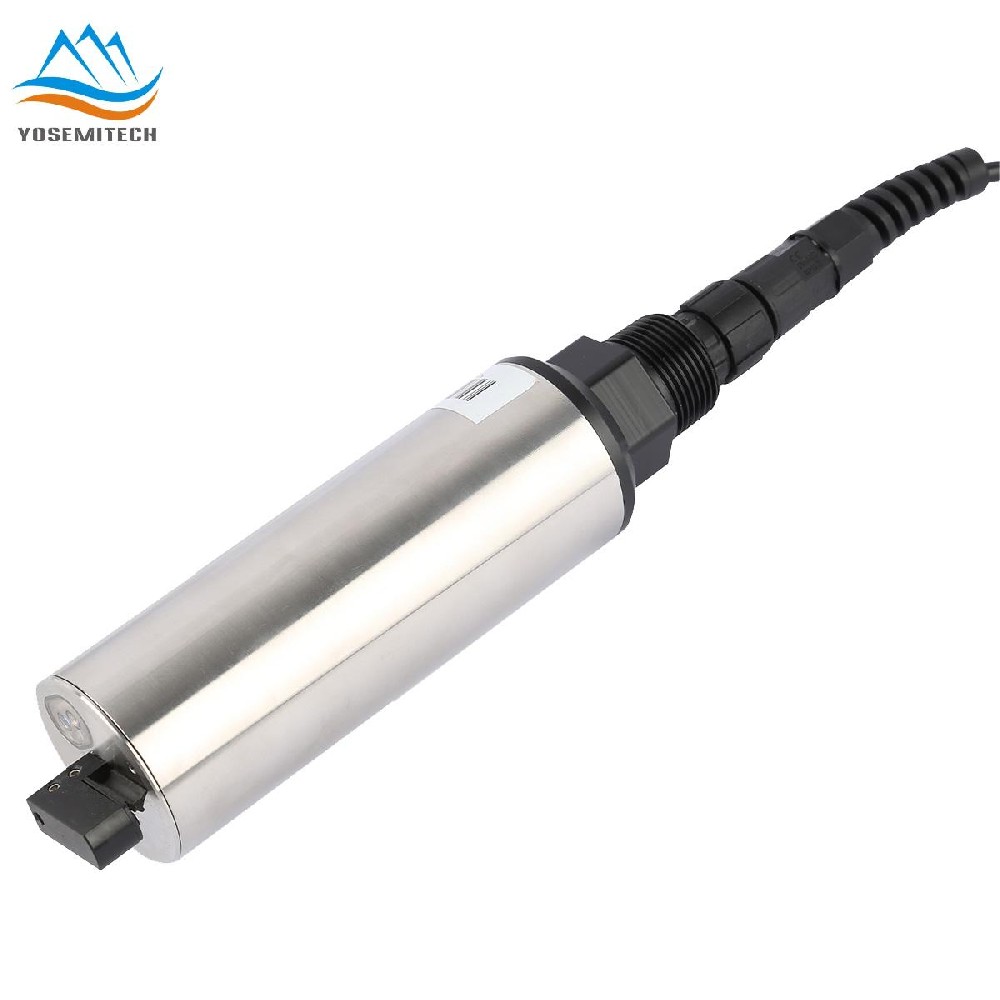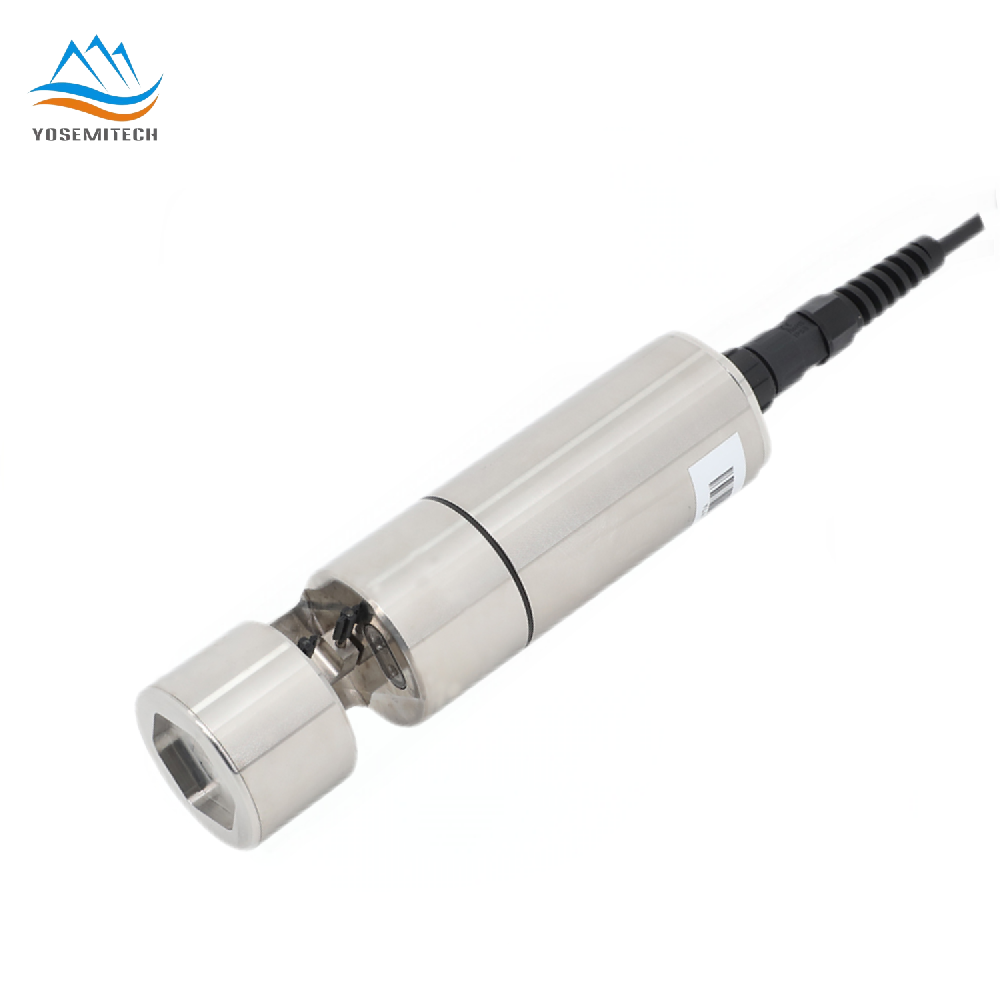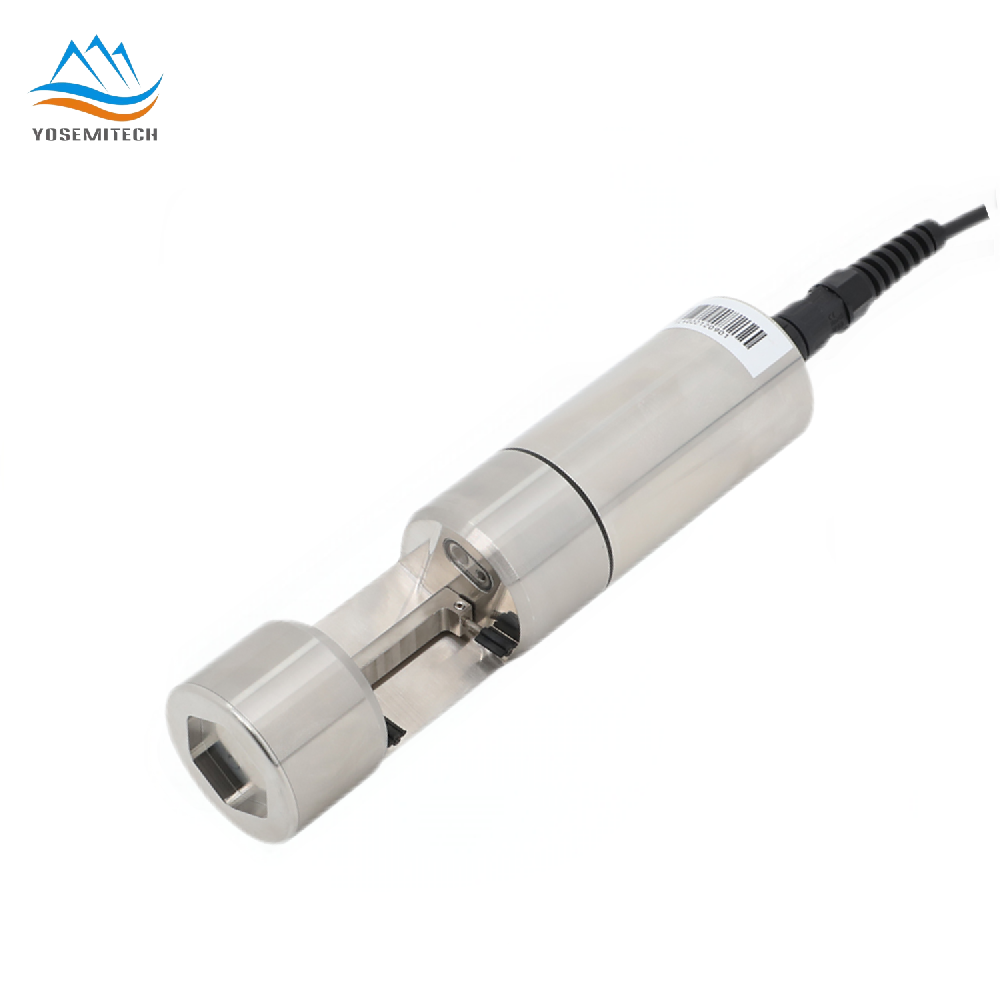Industry news
How to Monitor Oil in Water and Its Dangers
Writer: admin Time:2024-06-18 10:51:49 Browse:1046℃
With the continuous expansion and development of industrial scale, there is a growing focus on surface water pollution in the country. Petroleum is a key pollutant in surface water, and environmental monitoring departments in many regions have implemented online monitoring methods to track oil pollutants in rivers, lakes, and sewage canals. Industrial mineral oil pollution is a significant source of oil pollution in surface water, making the measurement of oil content in water increasingly important. Oil in water analyzers are used more and more widely, especially the measurement of trace oil in water is increasingly valued by people.
Sources of Oil Pollution
1. Industrial Activities:
- Acid Washing Industry: This industry utilizes various chemicals and oils for cleaning and maintaining metal surfaces, leading to the production of wastewater containing significant amounts of oil and other pollutants.
- Food Processing Industry: Operations in this industry can produce oily wastewater from cooking processes, equipment cleaning, and food waste. Oils and greases used in food production can end up in water bodies if not properly treated.
- Petrochemical Industry: This industry is a major source of oil pollution due to its operations involving the extraction, processing, and refining of petroleum products. Oil leaks, spills, and wastewater discharge are common issues in this sector.
2. Waste Disposal:
- Improper Disposal of Industrial Waste: Industries that do not follow proper waste disposal protocols can significantly contribute to oil pollution by dumping untreated or inadequately treated industrial effluents into water bodies, leading to contamination.
- Accidental Oil Spills: These can occur during the transportation, storage, or handling of oil and oil products, such as accidents involving oil tankers, pipelines, and storage facilities, resulting in large quantities of oil entering water bodies and causing severe pollution.
Primary Hazards of Oil in Water
1. Consume Oxygen in Water and Worsen Water Quality
The oil dispersed in water is absorbed by suspended particles or exists in the form of an emulsion, while the rest dissolves in the water. This oil consumes dissolved oxygen during decomposition and oxidation by microorganisms, leading to a decline in water quality. Additionally, the oil floating on the water's surface disrupts gas exchange at the air-water interface, forming an oil film that hinders the replenishment of oxygen from the air, further contributing to the deterioration of water quality.
2. Poisoning Fish and Damaging Fisheries
Oil pollution can have a direct and harmful impact on fish, particularly when oil film and oil droplets adhere to a large number of eggs and young fish, leading to significant harm to fish reproduction. Research has shown that even at a low oil concentration of 10.4 to 10.5mg/L, the survival rate of fish eggs is only 55% to 89%, with 23% to 40% of the fry being deformed. A report on oil pollution in the Caspian Sea of the former Soviet Union indicated a significant decrease in the plankton population, which is vital for the survival of marine fish. This has resulted in a two-thirds reduction in the total production of sturgeon, as well as the decline of carp, lancelet, and near extinction of these species.
The online oil in water sensor is specifically designed to measure the concentration of trace oil (hydrocarbons) in water. It utilizes advanced ultraviolet-fluorescence detection technology and is the recommended online monitoring method for oil in water by the State Environmental Protection Administration. Yosemitech oil in water monitor does not require chemicals, consumables, or cause pollution, making it a safe and environmentally friendly online monitoring instrument. The open sampling and detection technology is easy to clean and well-suited for harsh working environments. This oil in water analyzer is used to detect the emission limit of petroleum pollution in refining wastewater. It is available in portable, desktop, and online types, and is widely used by user groups in petroleum and petrochemical companies such as CNPC, Sinopec, and CNOOC.
Yosemitech Y616-B Online Oil in Water Sensor adopts the violet light fluorescence method, which is known for its efficiency, speed, repeatability, cost-effectiveness, and real-time online monitoring capability. It can monitor soluble or emulsified oils. It’s suitable for various water quality monitoring scenarios such as oil field monitoring, pipeline transportation, petrochemical industry, oil pollution, etc.
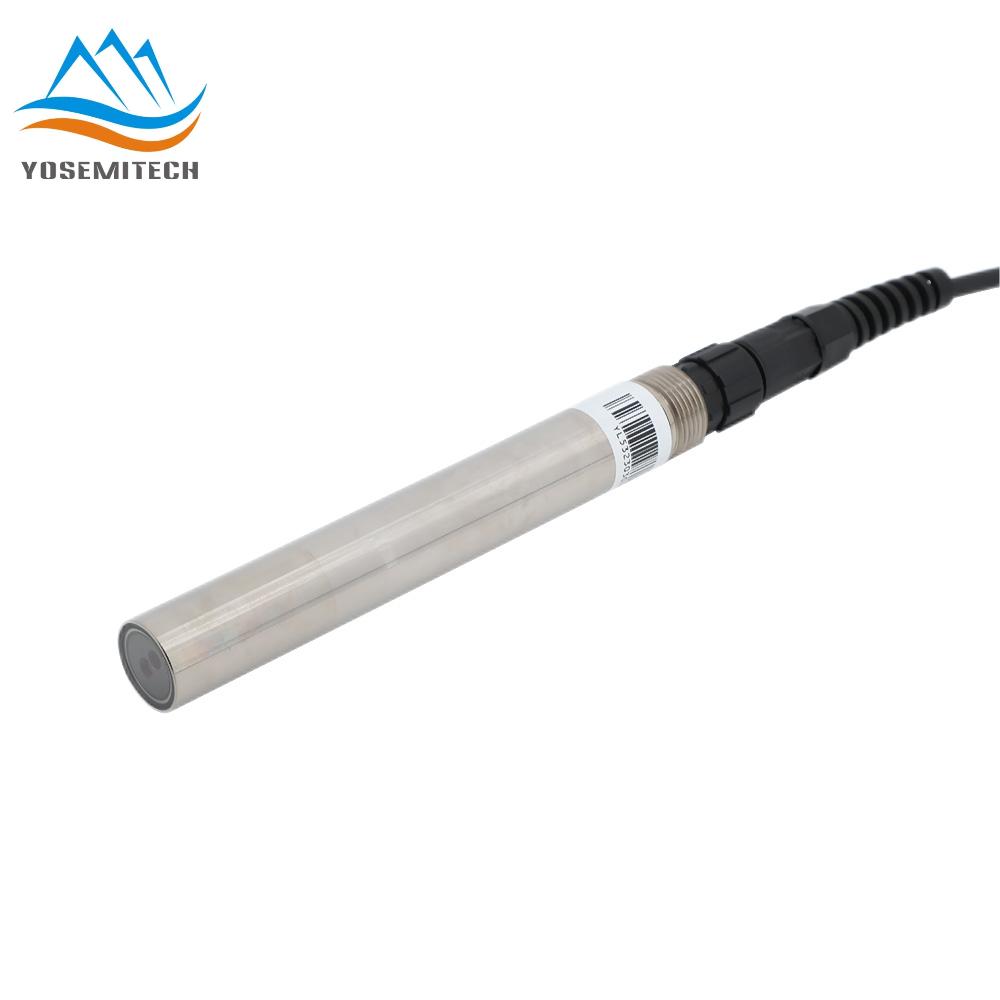
Yosemitech Y516-C oil in Water Meter with self-cleaning device doesn’t require special maintenance during operation. It is a rugged, reliable, high-precision online measuring instrument that operates without maintenance. This oil in water sensor automatically compensates for various types of oil through complex algorithms and can measure crude oil, refined oil, fuel oil or hydraulic oil mixed in water, as well as aromatic solvents in water.
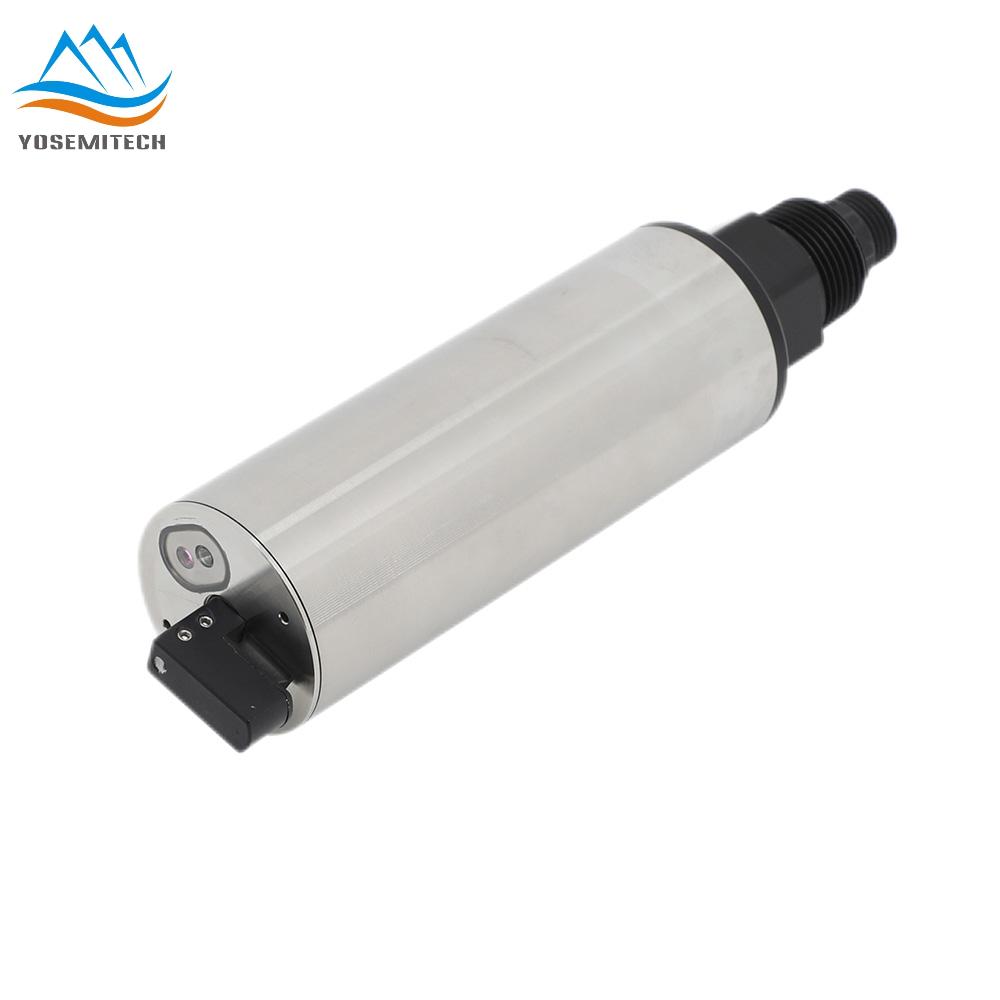
In conclusion
The continuous development of industrial activities necessitates robust measures to monitor and control oil pollution in surface water. The adoption of online water quality monitoring systems and advanced oil in water analyzers is a positive step towards safeguarding water quality and protecting aquatic ecosystems. As the technology for detecting and measuring oil content in water improves, it will become increasingly important to implement these solutions widely to mitigate the harmful effects of oily wastewater on the environment.
CATEGORIES
CONTACT US
Yosemitech Technologies Co., Ltd
 +86 19984844080
+86 19984844080
 sales@yosemitech.com
sales@yosemitech.com
 Bldg,25,CECEP Industrial Park, No. 18 Dongchang Rd. Suzhou Industrial Park, Jiangsu Province,China 215126, China
Bldg,25,CECEP Industrial Park, No. 18 Dongchang Rd. Suzhou Industrial Park, Jiangsu Province,China 215126, China
